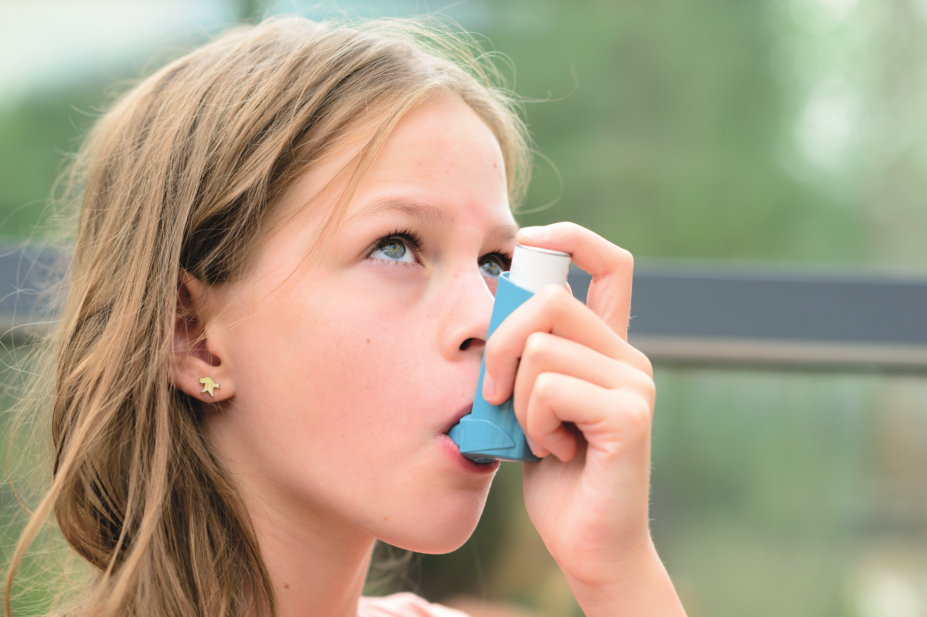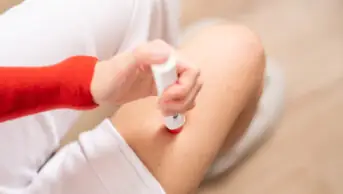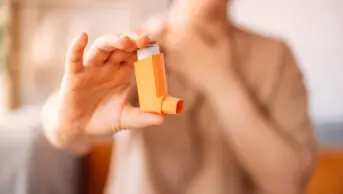
Shutterstock.com
Increasing the inhaled glucocorticoid dosage in children with mild-moderate asthma at times of poor asthma control does not reduce the rate of severe asthma exacerbations, a study shows.
The research, published in the NEJM, also indicated that high doses of inhaled glucocorticoids may have a negative impact on children’s growth rate.
“Increasing the dose of inhaled steroids at early signs of asthma worsening, along with using quick-relief medicines to relieve symptoms, is a common practice,” said Kristie Ross, author of the study from Case Western Reserve University School of Medicine, Cleveland, Ohio. “Our study shows that this is no more effective at preventing progression to more serious asthma exacerbations than the use of quick-relief medicines alone, such as [salbutamol] inhalers.”
The researchers assigned 254 children aged 5–11 years with mild-moderate asthma who had at least one asthma exacerbation requiring systemic glucocorticoids in the prior year to low-dose inhaled fluticasone propionate for 48 weeks. They were randomly assigned to either continue the same dose or increase their fluticasone propionate dose by a factor of five for seven days at the earliest sign of loss of asthma control (‘yellow zone’).
The team found that the rate of severe asthma exacerbations requiring systemic steroids did not differ significantly between the two groups, at an average of 0.48 and 0.37 per year in the high- and low-dose groups, respectively. Overall, glucocorticoid exposure was also 16% greater in the high-dose group.
Additionally, there was no improvement in other asthma outcomes, including time to first exacerbation, symptom scores or salbutamol-inhaler use while in the yellow zone.
The researchers also found that the average annual growth rate was lower in the high-dose steroid group (5.43 cm/year) than the low-dose group (5.65 cm/year), but this did not reach statistical significance. However, there was a dose-response relationship between the number of yellow-zone periods and diminished growth in children aged under eight who were assigned to the high-dose group.
The team say the findings contrast with evidence from adults and preschool children, in that high-dose glucocorticoids during yellow-zone episodes prevent exacerbations in patients with mild asthma who are not receiving daily inhaled glucocorticoids.
They also note that their findings may in part be because of the fact that the majority (81%) of yellow-zone episodes do not result in a severe exacerbation, even in those assigned to the low-dose group.
“Our study suggests we need to find better ways to identify early signs of asthma worsening that are likely to lead to more serious asthma exacerbations,” Ross said.


